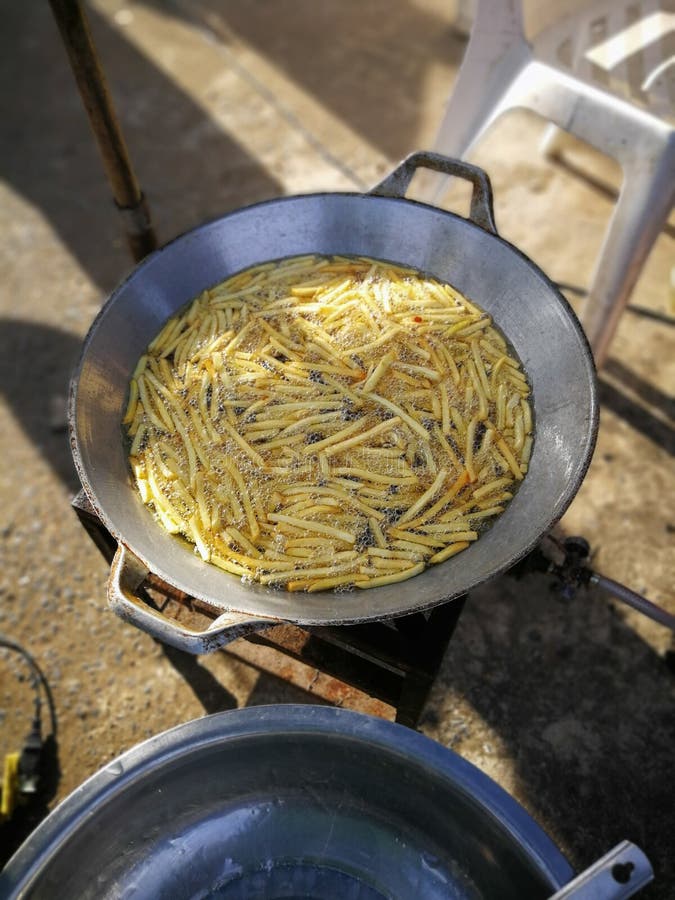
Examples: Schnitzel, katsu, chicken-fried steak

Seasoning adheres best to freshly fried foods. Seasoning: Whether you’re simply salting your food or sprinkling with spices, you will want to have these handy while frying.After a quick rest on paper towels, transfer your food to a rack to ensure it stays crispy. Wire rack: While the paper towels do the initial work of absorbing excess fat, the wire rack allows air to circulate around the fried food to prevent that crispy crust from going soggy.

Transferring your fried nuggets of joy from the hot oil to paper towels pulls away residual grease so it doesn’t reabsorb into the food. Paper towel-lined sheet tray: Grease, grease, go away, we want that crunchy exterior to stay.Long tongs or large chopsticks are helpful for flipping food. For example, tongs are best for larger pieces of fried chicken, whereas a spider works well for scooping up little fried calamari. Slotted spoon, spider, tongs, chopsticks, or fry basket: Depending on the size of the food you are frying, you will need different tools to fish out your fried goodies.It’s especially handy when frying inherently moist items with no breading, like Brussels sprouts. If your biggest barrier to entry for at-home frying is a (well-founded) fear of hot oil, then this is for you. Much like the name suggests, this helps catch the splatter of oil from hitting the stovetop and your body. Splatter Screen: Some swear by this tool, others view it as unnecessary, and we’re marking it down as optional.You can use a clip-on deep-frying thermometer or even an instant-read thermometer to keep track of the temperature. The temperature will fluctuate as you add items to the oil and take them out, so you’ll want a thermometer to monitor and adjust the heat as this happens. Thermometer: Oil temperature is key to ensure your food doesn’t burn or end up soggy before it is fully cooked through.A Dutch oven is always a good choice for frying.

Avoid nonstick as this coating is not ideal for maintaining high temperatures. Set the pot on a steady, unobstructed area of the stove where you have plenty of space to work as oil may splatter as you fry. Deep, heavy-bottomed pot: You’ll fill the pot with a few inches of oil, so ensure your pot is deep with high sides.


 0 kommentar(er)
0 kommentar(er)
